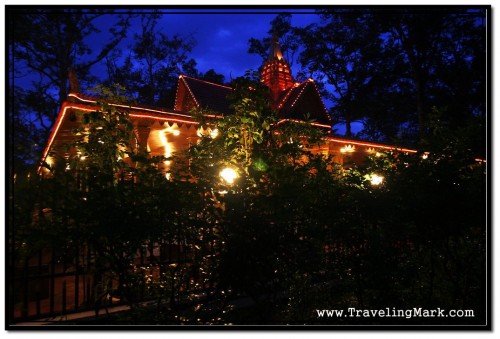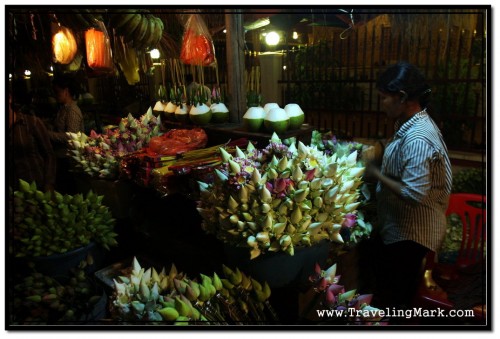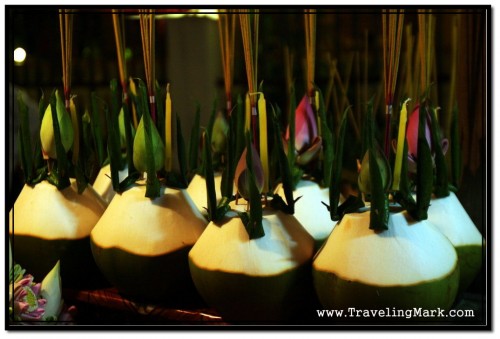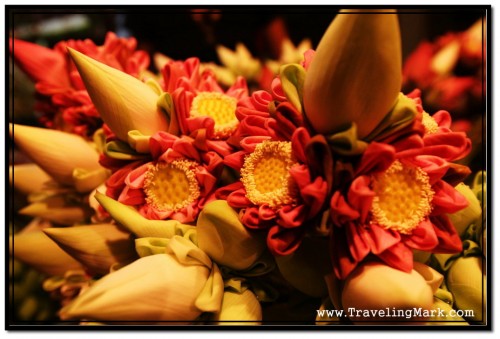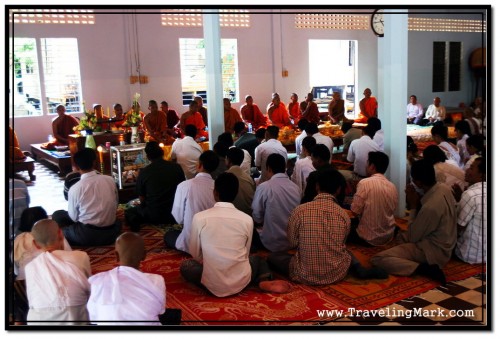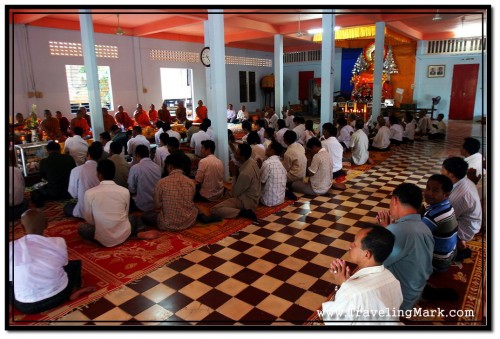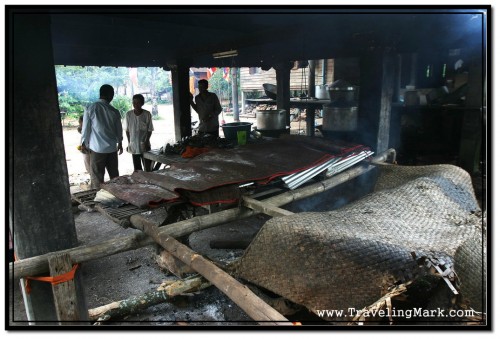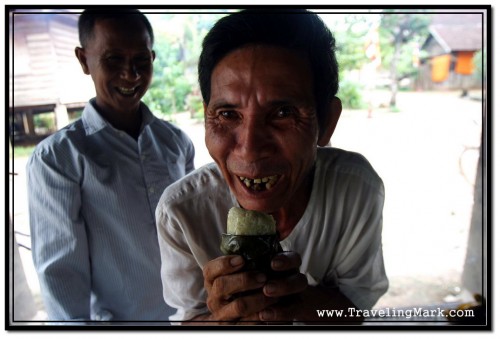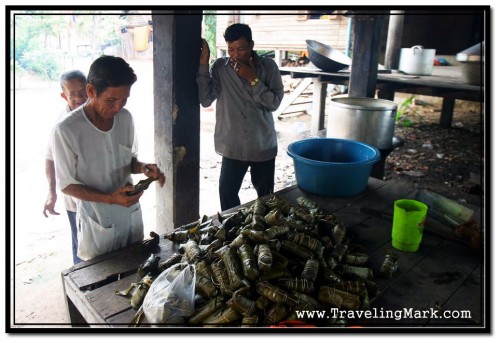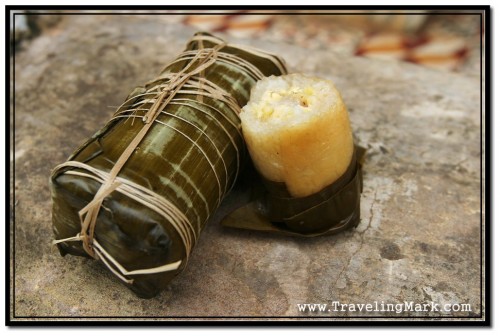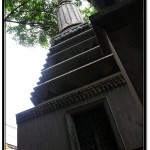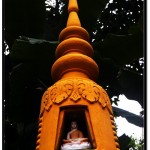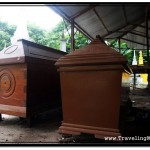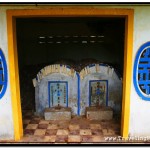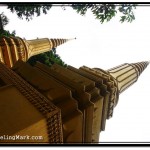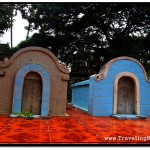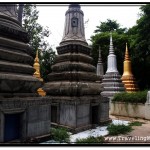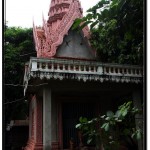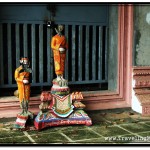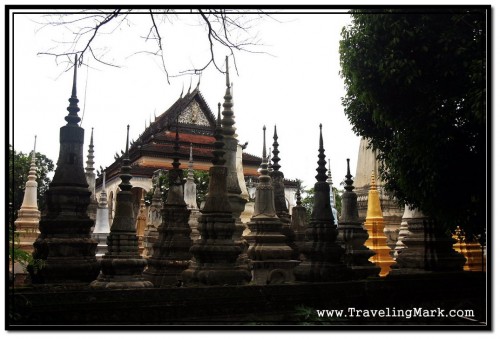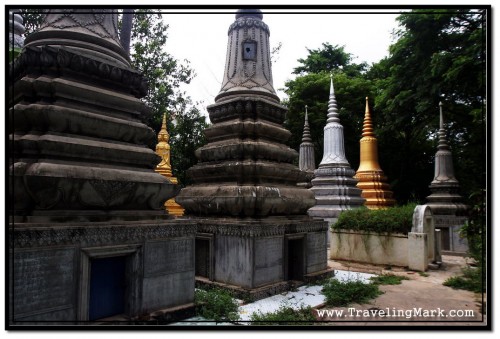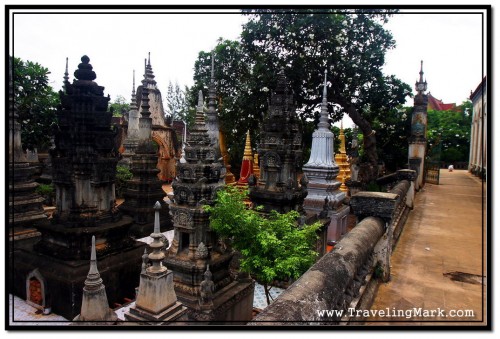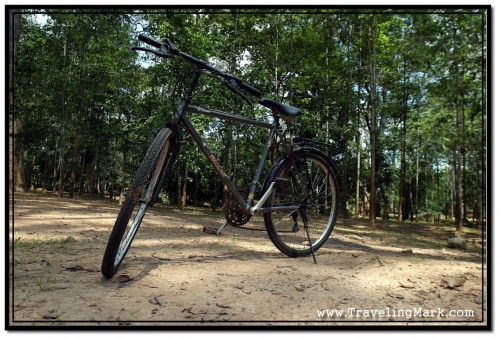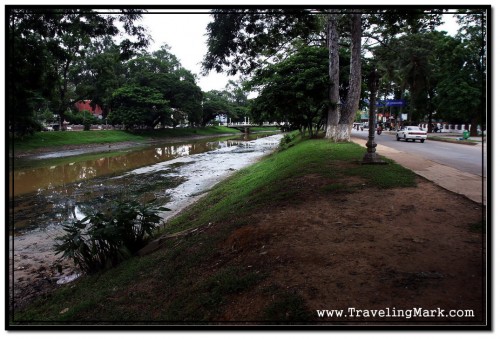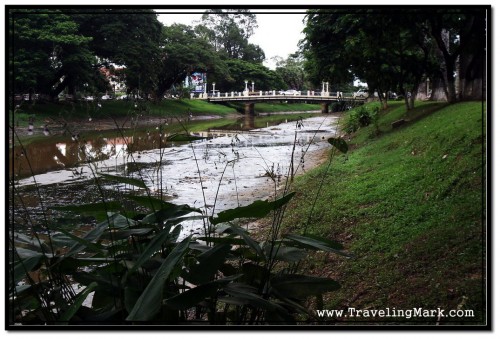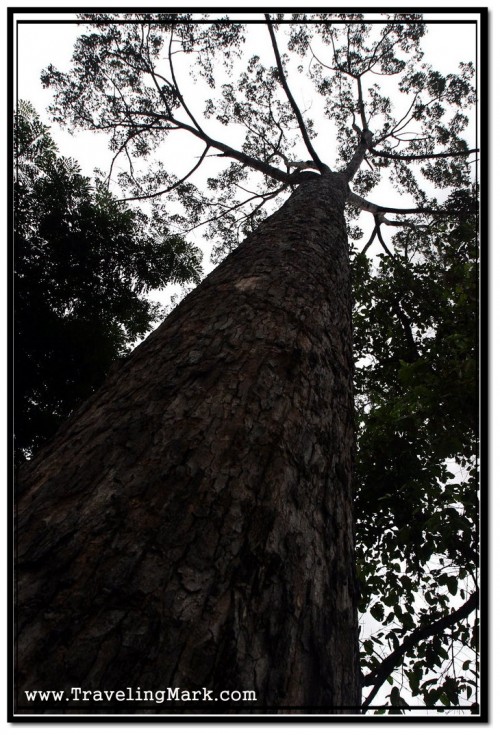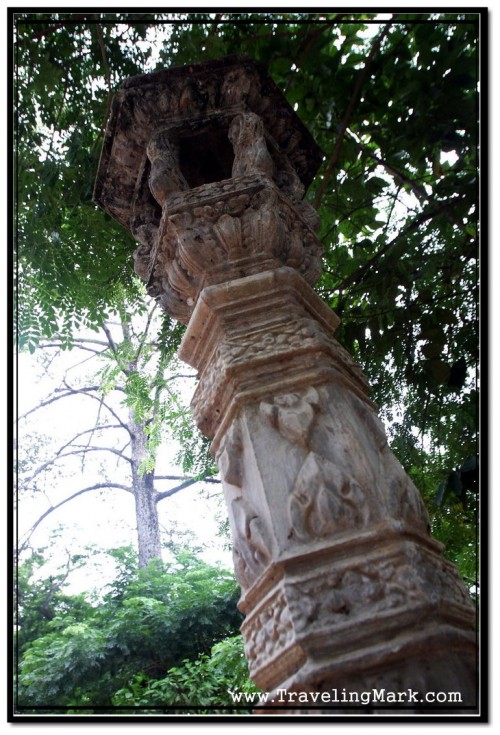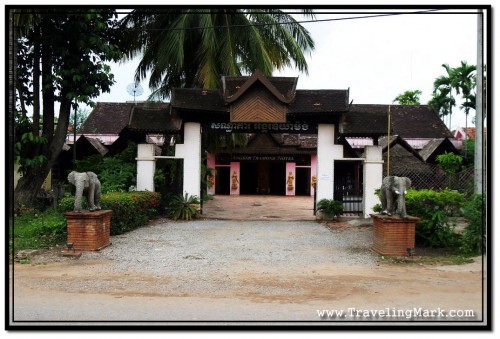If you’re doing your homework and looking up info on Cambodians (Khmer people), you may stumble across references about Khmer Hospitality which is allegedly legendary. I had also heard about it prior to my arrival to Cambodia and just as everyone else who came to the country with open mind, I was set up for a big surprise. Legendary Khmer hospitality is a myth. At least the genuine one, but then again – all other forms of hospitality are worse than hostility. Let me explain:
When I was offered sticky rice cakes by complete strangers at Wat Bo temple, it was my day two of a three month stay in the country. This generous gift was from the heart and represented the most sincere form of generosity. Exactly the way I’ve heard about and came to expect. Sadly enough, this was an extremely isolated incident and cases of genuine hospitality and/or generosity towards strangers, especially if the stranger is a foreigner are virtually nonexistent. During the three months following this experience, all I have encountered on daily basis was fake hospitality. What’s fake hospitality?
You see – as a foreigner, you will be nothing less and nothing more to Cambodians than a walking bag of money, or a walking ATM machine if you will. Cambodians won’t see a friend in you, they will only see the opportunity to make money. They may act like the nicest friends to you, but hidden motives will come to light sooner or later. You may even be offered something (aka hospitality), but if you are given something, it’s because they will expect something back in return. The fact that it’s natural for westerners to return the favor was noticed by Cambodians who relentlessly abuse it for their benefit.
You may encounter a random local approaching you with beaming smile, offering you free drink in this scorching weather (or anything else) which will surely leave you in awe. What they’re doing is making you feel obliged to buy something from them. It’s a way to get close to foreigners as it’s getting more and more difficult due to extremely aggressive nature of Tuk Tuk drivers and omnipresent touts. This is not hospitality, this is abuse of the fact that westerners are used to appreciate random acts of kindness and understand the premise of returning the favor.
If you stay in a country for an extended period of time, you will make some local friends. If you are volunteering, you will be dedicating your time, skill and effort (as well as money) to betterment of their lives and locals you will be volunteering for will become your friends. They will not need to “bribe” you with “free” offering the way other locals have to, because they are already close to you so the barrier is broken. They can straight up mention that they are cooking and ask you if you’d like to try a local dish. You will not be asked for anything, but sooner or later the time will come when you will be told something along the lines of: “my mom, who invited you to have papaya salad with us few weeks ago…”
One way or another, you will be reminded that they did something for you. That reminder will come when they need something. They will bide their time until the most suitable time (time that can bring them most in return) comes. Sharing something from the heart, just because it’s the right thing to do and because it gives you good karma points is extremely, extremely rare in Cambodia and if you encounter such thing, you can count yourself as one of very few.
It is important to understand the following:
I understand that Cambodians are impoverished people with bleak outlooks for brighter future as corruption is deeply embedded in all levels of society, including high rank politicians, but that still doesn’t mean that this urban myth should continue being spread on. Legendary Khmer hospitality is a myth. If you want to experience genuine hospitality, where people give unconditionally, without expectations to get something in return, go to Eastern Europe. Finding it in Cambodia is extremely rare. And this is not limited to hospitality. The same applies to help, for example. You won’t get unconditional help in Cambodia. If you are lost, need directions or advice and approach a local, they will instantly try to take advantage of the situation and make something off of you. Under normal circumstances, locals have to fight with dozens of other locals who struggle to get to the foreigner for a shot at making money off of them. If a foreigner makes their own effort to expose themselves to a local, it will be like blessing to the local and they won’t pass on this opportunity.
Genuine hospitality in Cambodia doesn’t exist. As doesn’t unconditional help. I realize that one should strive to only say good things about others and if there is something bad, then you either need not mention it or still need to say it’s good because that’s a nice thing to do. But I believe it’s inappropriate to continue spreading on the myth about legendary Khmer hospitality even though it doesn’t exist. I believe in providing truthful information, not incomplete truth in the name of being politically correct. when something is good, I’ll say it’s good and give due respect and acknowledgement. But when something is bad, I won’t simply ignore it just so I don’t sound hurtful.
The truth is, for one case of genuine hospitality, there are hundred of cases of fake hospitality in Cambodia. Fake hospitality is often camouflaged with fancy fluff so if a person is unobservant or ignorant, they may not even realize that they were taken advantage of. The reason no one will go openly at you with fake hospitality is that in case you are that naive, then there is a chance to take advantage of you repeatedly. Perhaps that’s why urban legends about Khmer Hospitality exist. It’s like brainwash by the politicians – not only will you do as they say, you will even ask for it and recommend your friend to do it that way too.
